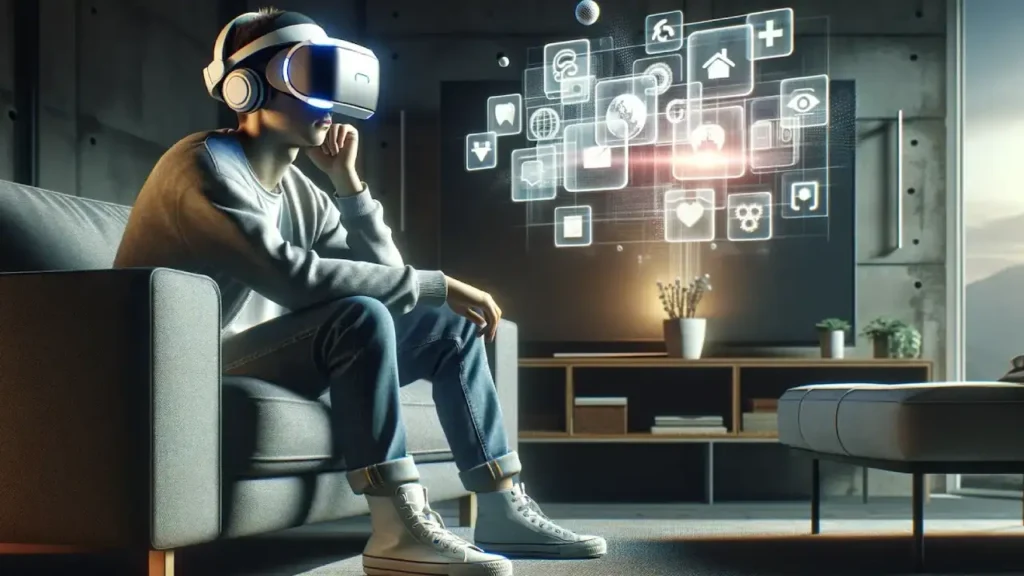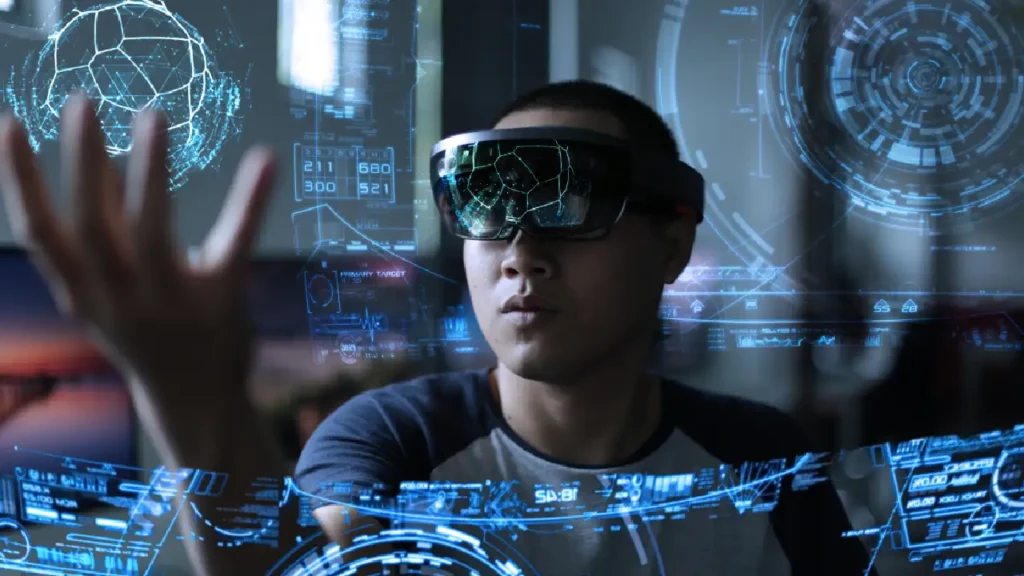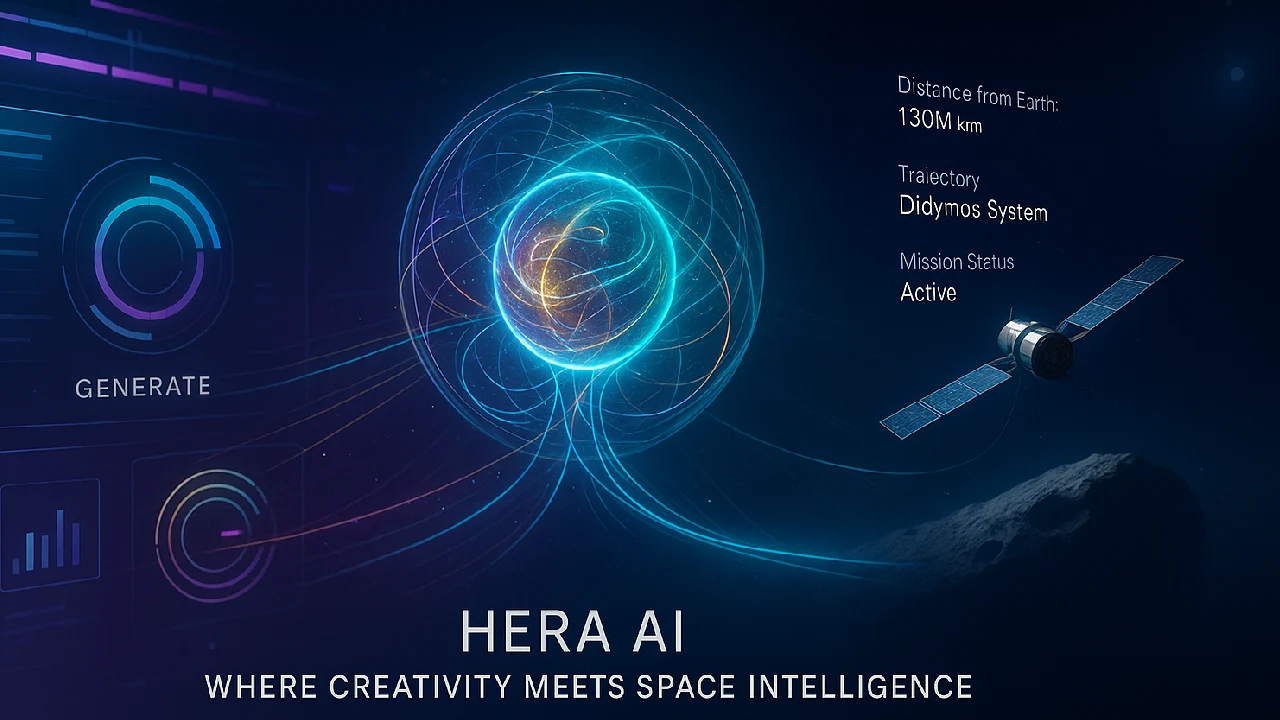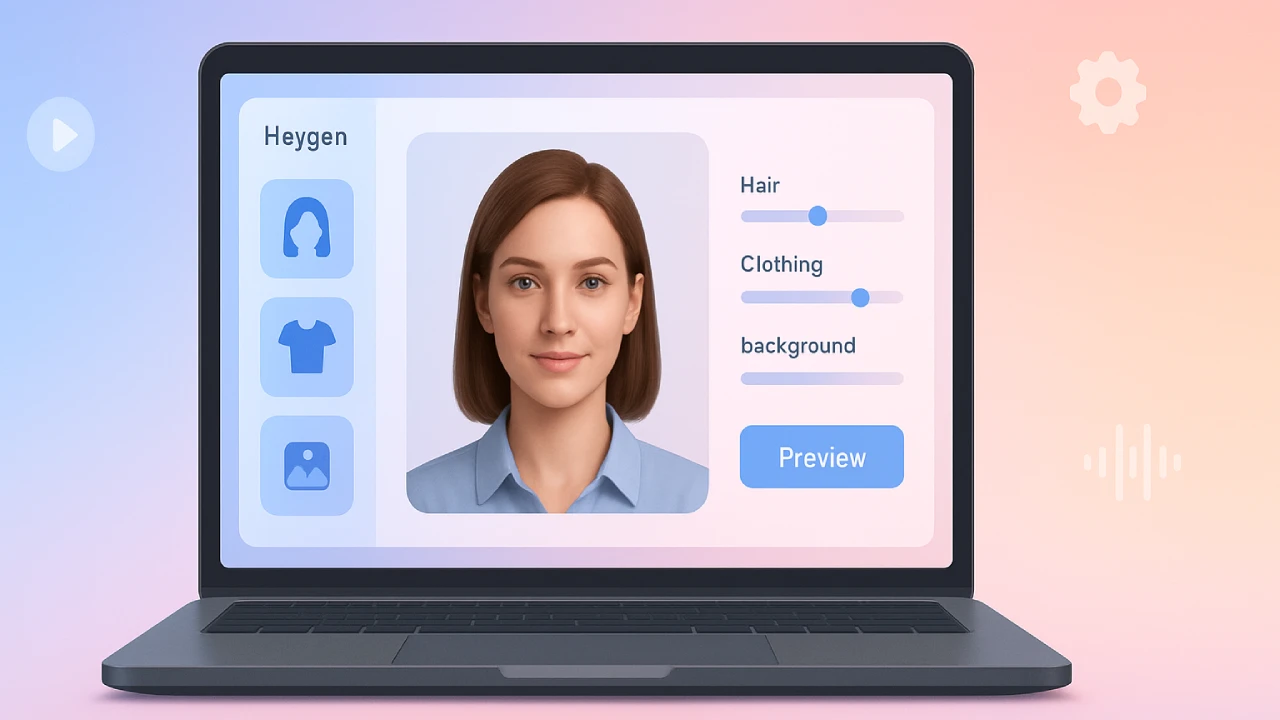Picture this You Walk into a room and spatial computing kicks in your device instantly understands where you are what you’re doing and how to help you without a single tap That’s the magic of merging the digital and physical worlds seamlessly.

From Apple Vision Pro to AI-powered learning tools and healthcare simulations Spatial computing is becoming the hidden force that makes the digital world more immersive and smarter.
We’ll talk about what spatial computing is, how it works, where it’s utilized, and why it matters in your tech life every day in this blog.
What is Spatial Computing and Why It Matters
Spatial computing is the technology that lets digital devices work with the real environment in three dimensions. Spatial computing uses sensors, cameras, AI, and real-time data to make it possible for people, machines, and environments to interact with each other in a way that is smooth and natural. This is different from traditional computing, which uses flat screens and keyboards.
You might not know it, but spatial computing is already being used in things like the 3D interface on Apple Vision Pro, AR filters on your phone, and smart robots that can find their way around factories. But this isn’t simply nice stuff; it’s a big change in how we think about and use digital tools.
Why It Matters
- Makes digital experiences more natural and intuitive
- Enables hands-free and immersive workflows
- Bridges the gap between virtual and physical environments
- Powers the next wave of AI spatial awareness
As devices learn more about where you are and what’s around you, they can offer aid that is tailored to your needs. For example, they can help a surgeon’s hand or help students see atoms in 3D.
How Does Spatial Computing Work
By combining the real world with a machine’s knowledge of space objects and motion, spatial computing works. Here’s a simple breakdown.
Core Technologies Involved
- Computer Vision – Lets machines see and understand surroundings
- AI + Machine Learning – Helps systems make smart decisions in real time
- Sensors and IMUs – Detect motion direction and depth
- Lidar or Depth Cameras – Measure spatial distances with precision
- Edge Computing – Processes data instantly near the source for responsiveness
“Spatial computing isn’t just about seeing the world—it’s about understanding and responding to it intelligently”
– Dr. Ananya Rao, AR/VR Systems Engineer
Imagine placing a holographic calendar on your real-world desk using a headset The device not only places it accurately but remembers the position every time you walk in That’s spatial awareness in action.

Real-World Examples of Spatial Computing
Here are some real-life examples of spatial computing that you may already use or will soon use.
- Apple Vision Pro – Uses eye tracking hand gestures and spatial awareness to replace screens
- Snapchat Filters – Track face or body in real-time for AR overlays
- AR Navigation – Google Maps’ Live View shows arrows on the street through your phone
- Healthcare Simulations – Surgeons practice procedures in 3D virtual spaces
- Education – Students explore anatomy or solar systems in immersive 3D models
- Architecture – Architects walk through building models before construction starts
Each of these combines computer intelligence with the real world to make useful and sometimes amazing experiences.
Features and Benefits of Spatial Computing
Spatial computing isn’t just futuristic—it delivers real value today
Key Features
- Context-aware computing
- Gesture voice and eye-based input
- Real-time spatial mapping
- Multi-device interaction in 3D space
Benefits
- Enhanced productivity with immersive tools
- Reduced cognitive load by making tech more intuitive
- Improved safety and training in fields like medicine and manufacturing
- Personalized experiences that adapt to your space and behavior
Spatial Computing vs Augmented Reality: What’s the Difference
Though often confused spatial computing is broader than augmented reality
| Feature | Spatial Computing | Augmented Reality |
|---|---|---|
| Scope | Full 3D environment interaction | Digital overlays on real world |
| Input | Voice gesture eye tracking sensors | Mostly camera and screen-based |
| Use Cases | Industry training smart homes AI UI | Gaming marketing social media |
| Intelligence | High – uses AI for decisions | Medium – mostly visual |
In short spatial computing includes AR but goes far beyond it making systems spatially aware and responsive
Applications of Spatial Computing Across Industries
Here’s how different sectors are embracing this tech
Healthcare
- Robotic surgery with real-time 3D guidance
- Medical training in simulated environments
- Remote diagnostics using spatial data
Education
- Interactive learning via AR headsets
- Remote lab simulations
- Real-time student engagement tracking
Architecture & Engineering
- Walkthroughs of unbuilt spaces
- Real-time design collaboration in 3D
- Spatial simulations for testing and safety
Retail & Shopping
- Virtual try-ons in mirrors or smartphones
- In-store AR guidance
- Spatial personalization of shopping spaces
AI Integration
- Combining AI with spatial computing helps machines not just see but think about space This is essential for autonomous vehicles warehouse robots and smart assistants
Conclusion
Spatial computing is no longer just a niche idea. It’s the basis for a new way of interacting with gadgets that understand your surroundings, respond intelligently, and make real-world experiences better. Its uses range from Apple Vision Pro to AI-powered healthcare and immersive education, and they are both futuristic and very useful.
Would you like to use spatial computing in your work? Tell us how you think it will change your tech life.







